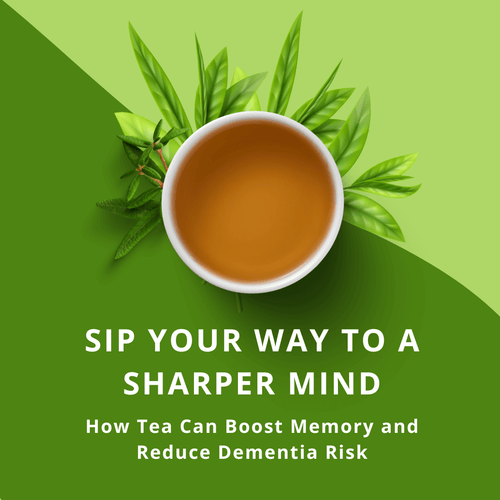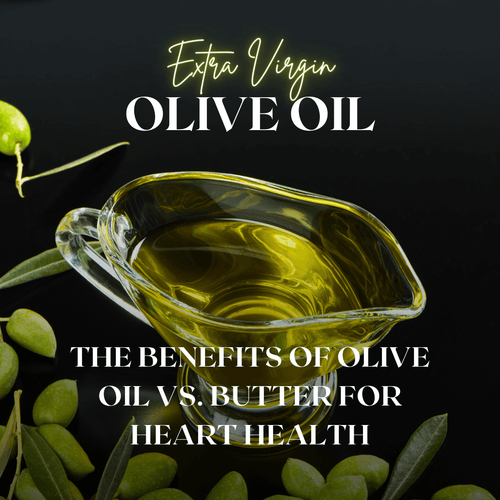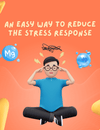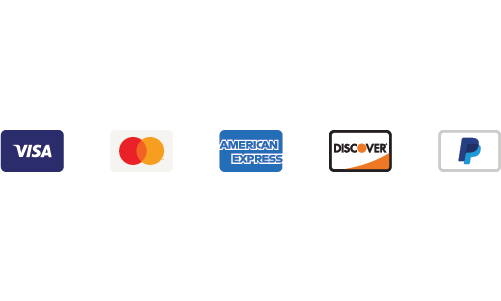
Non-fasting triglycerides mean the fat that is transported by your blood throughout the day.
It has been common practice for many years to test the fasting level of triglycerides together with cholesterol. It is less common however to test the triglyceride levels during the day when we have been eating because the triglycerides in the blood will be affected by what we eat. For that reason it would be difficult to compare one test to another unless we ate exactly the same food and had the blood drawn at the same time of the day. That of course is not practical so it is done by fasting. That does not mean that the triglycerides we transport in the blood during the day after we eat is not important. A recently published study showed us how important it is. This study involved 13,956 individuals and investigated the risk of ischemic stroke and the connection to non-fasting triglyceride levels (Freiberg JJ, et al, 2008).
The interesting results showed that as the non-fasting triglycerides went up, so did the risk for stroke.
Why would triglyceride levels be high during the day? Fat and sugar might be the culprit. Both insulin resistance and fatty foods can raise blood triglycerides. If you were to measure the triglyceride levels after eating french fries and a sweet milk shake you would be surprised how high it would be.
What can you do to decrease the blood triglyceride levels during the day? Cut down on high glycemic index foods, sweets and bad fats like saturated and trans fats, and don’t forget to exercise.
References:
Freiberg JJ, et al. Nonfasting triglycerides and risk of ischemic stroke in the general population. JAMA. 2008 Nov 12;300(18):2142-52.









